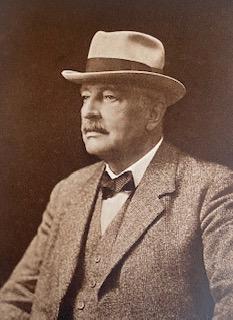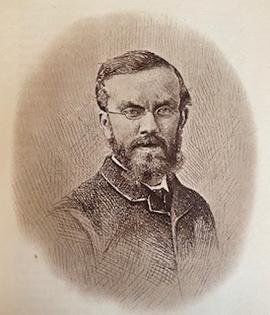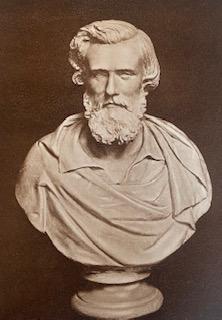Dr William Charles Osman-Hill was a British anatomist, primatologist and an authority on primate anatomy during the 20th century. He wrote an eight volume series called 'Primates: Comparative Anatomy and Taxonomy', which covered all living and extinct species known at the time in full detail and contained illustrations created by his wife, Yvonne.
He was educated at King Edward VI Camp Hill School for Boys in Birmingham, and later obtained his degrees from the University of Birmingham. He obtained his primary medical degrees in 1924, and the same year took on the role of lecturer in zoology. He earned his MD with honours in 1925. He also earned his Ch.B while in medical school.
Upon graduation, Osman-Hill continued his role as a lecturer at the University of Birmingham under an apprenticeship until 1930, but teaching anatomy instead of zoology. In 1930 he moved to Sri Lanka to become both Chair of Anatomy and Professor of Anatomy at the Ceylon Medical College. His position allowed him to pursue anthropological studies of the indigenous Veddah people and comparative anatomy of primates. During this time, he began developing a private menagerie of exotic and native species. Osman-Hill held this position in Sri Lanka for 14 years, returning to the United Kingdom after being appointed as Reader in Anthropology at the University of Edinburgh in 1945. Upon his departure from Sri Lanka, his menagerie was divided between London Zoo and the National Zoological Gardens of Sri Lanka.
In 1950 he became Prosector at the Zoological Society of London and remained there for twelve years. He left London Zoo in 1962.
Between 1957 and 1958, Osman Hill acted as a visiting scholas at Emory University in Atlanta, Georgia. Later in 1958, primatologist Jane Goodall studied primate behaviour under him. In 1962, he was hired as the assistant director of the Yerkes National Primate Center in Atlanta.
The Royal Society of Edinburgh honoured him as a fellow in 1955, and for his contributions to science awarded him both its Gold Medal and the Macdougal-Brisbane Prize. Upon his retiring from YNPRC in 1969, the Royal College of Surgeons of England made him a Hunterian Trustee.



